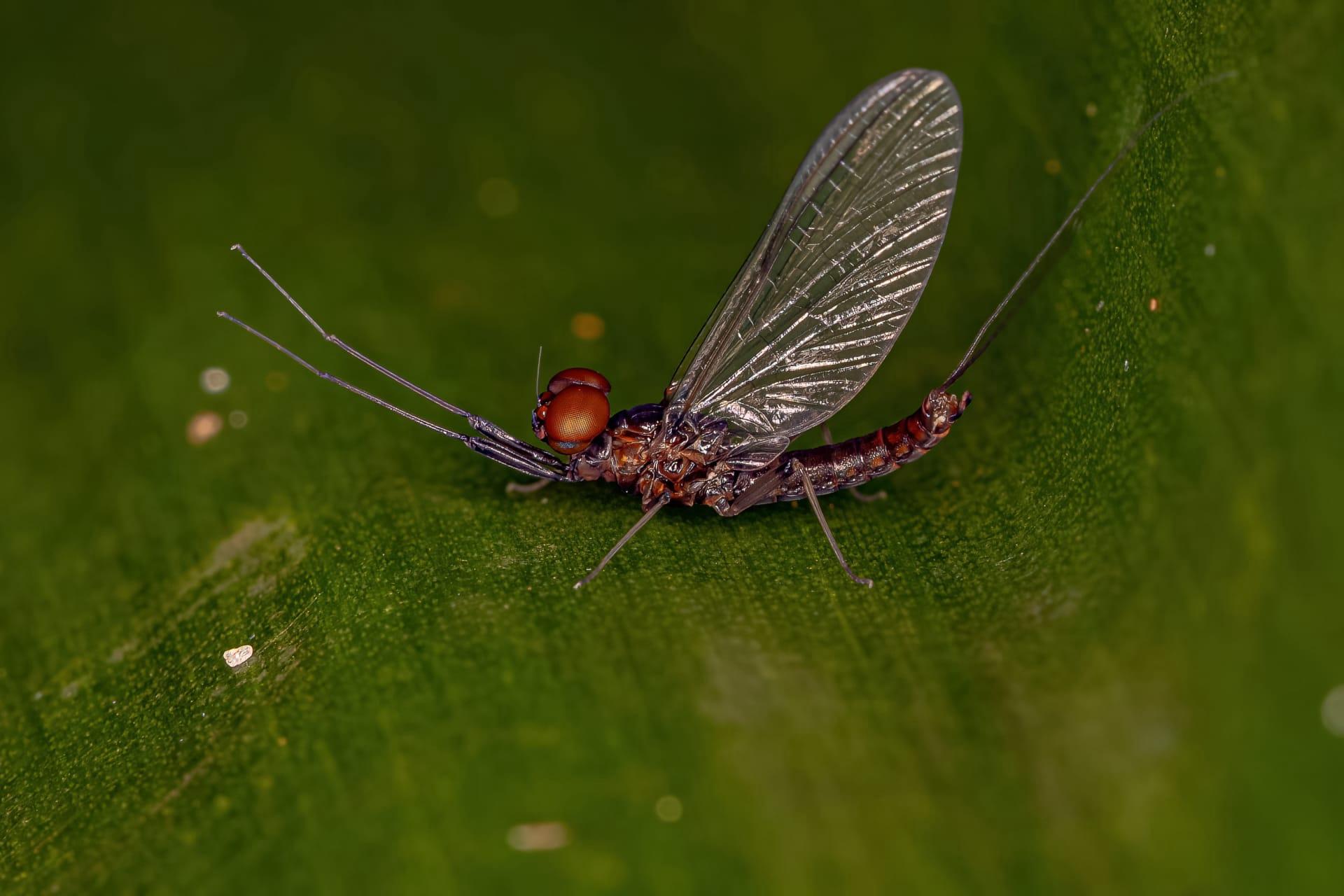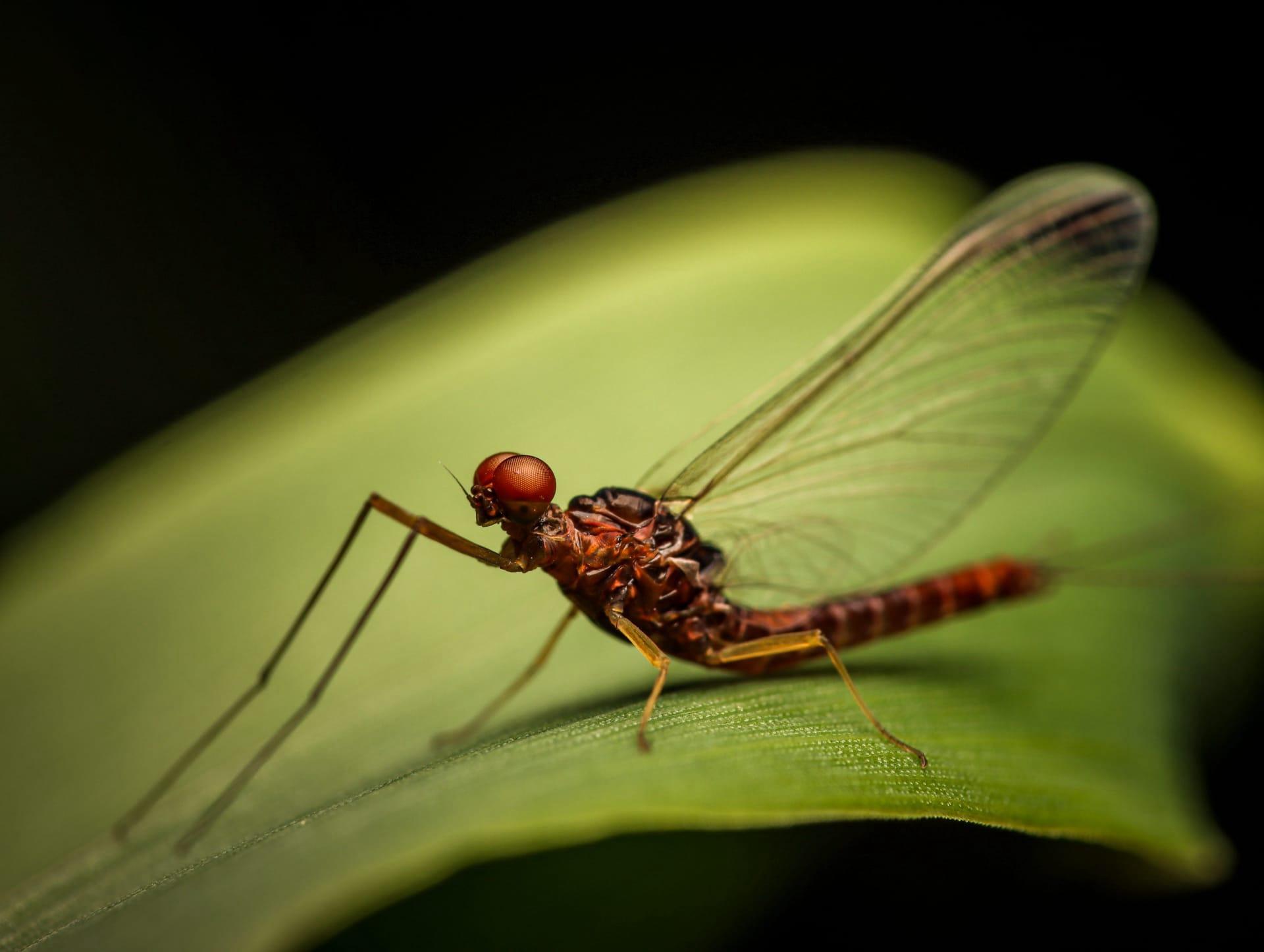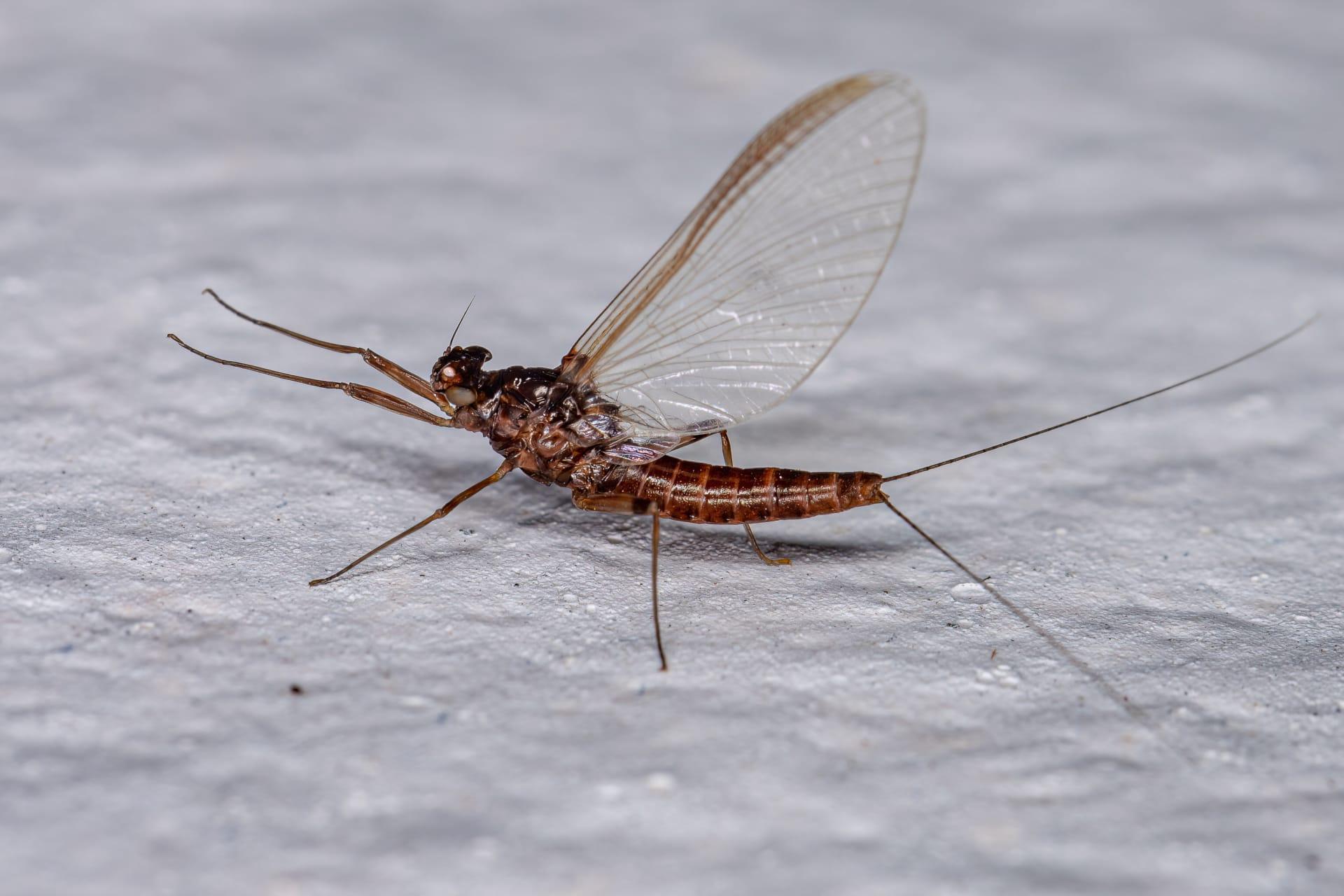Mayflies Trivia
- Home /
- Trivia Question /
- Animal /
- Mayflies Trivia
1
Question: What is the lifespan of a mayfly, and why is it so short?
Answer: Mayflies have one of the shortest lifespans in the animal kingdom. Most species live for only 24 to 72 hours as adults. This brief lifespan is due to their biological design; adult mayflies have vestigial mouthparts and do not eat. Their sole purpose during this stage is to reproduce, which they must do quickly before they die. This fascinating, fleeting life cycle is a result of evolutionary specialization.
Question: How many species of mayflies exist, and where are they commonly found?
Answer: There are over 3,000 identified species of mayflies worldwide. They are commonly found near fresh water sources, as their aquatic larvae, known as nymphs, require clean, well-oxygenated water to thrive. Different species are distributed across various continents, with a significant number found in North America and Europe. Their presence is often an indicator of a healthy aquatic ecosystem.

2
Question: Do mayflies serve any ecological purpose, given their short lifespan?
Answer: Despite their ephemeral existence, mayflies play a crucial role in aquatic ecosystems. As nymphs, they are important consumers of algae and detritus, contributing to the cleanliness of water bodies. As adults, they are a vital food source for numerous predators, including fish and birds. Their mass emergences provide a feast that supports local wildlife.
Question: Is it true that mayflies can cause damage to crops or buildings?
Answer: This is a common misconception. Mayflies are not harmful to crops or structures. They do not have functioning mouthparts as adults and therefore do not eat or bite. Their swarming near lights and large gatherings on structures are often mistaken for destructive behavior, but in reality, they are harmless and do not cause any physical damage.

3
Question: How do mayflies reproduce, and what is unique about their mating process?
Answer: Mayfly mating is a synchronized, airborne event. Males form swarms and fly in patterns to attract females. Once a female enters a swarm, a male will mate with her in mid-air. After mating, the female lays her eggs in water, often while still flying. This aerial mating and egg-laying strategy is unique among insects and is crucial for their rapid life cycle.
Question: What happens to mayfly nymphs after they hatch from eggs?
Answer: After hatching, mayfly nymphs go through a series of molts, sometimes up to 50, over a period that can range from a few months to two years. During this time, they live underwater and are important parts of the aquatic food web. The final molt transitions them into winged adults, ready to emerge from the water for their brief adult life.

4
Question: Are mayflies capable of surviving in polluted waters?
Answer: Mayflies are sensitive to water pollution and require clean, well-oxygenated water. Their presence or absence is often used by scientists as a bioindicator to assess the health of a water body. High pollution levels can lead to a decrease or absence of mayfly populations, signaling ecological distress.
Question: Do mayflies have any natural predators, and how do these predators impact their populations?
Answer: Mayflies have several natural predators, including fish, birds, and other insects. Their nymphs are particularly sought after by freshwater fish, making them popular as fishing bait. Predation plays a significant role in controlling their populations and maintaining ecological balance. The mass emergence of mayflies provides a critical feeding opportunity for many predator species.

5
Question: How do mayflies navigate and find mates in such a short adult lifespan?
Answer: Mayflies rely on a combination of visual and chemical cues to navigate and locate mates. Their large compound eyes are well-adapted for spotting swarms and potential mates. Additionally, pheromones play a role in attracting mates. Their efficient reproductive strategies are essential for the continuation of their species given their brief adult stage.
Question: Can mayflies be beneficial for human activities or industries?
Answer: Mayflies can indirectly benefit humans. Their presence in water bodies indicates a healthy aquatic environment, which is crucial for activities like fishing and water sports. Additionally, their nymphs are widely used as bait in recreational fishing, supporting the fishing industry. However, their ecological role is far more significant in maintaining natural waterway health and supporting biodiversity.